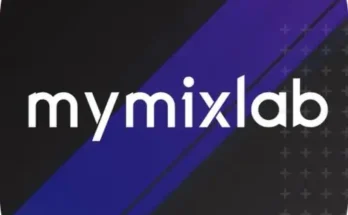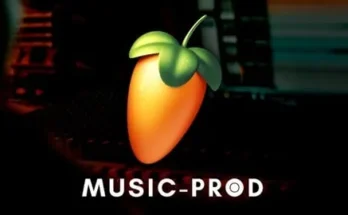Welcome to the world of sound design and synthesis with Lennar Digital’s Sylenth1! In this comprehensive course, you’ll unlock the secrets of subtractive synthesis and learn how to design and build your own sounds from the ground up. Whether you’re a seasoned producer or just starting your music production journey, this course will empower you to break free from the endless preset-picking slump and craft your own signature sounds.
What You’ll Learn:
- Design and Build Your Own Sounds: Master the art and science of subtractive synthesis and create unique leads, basses, pads, and FX that are entirely your own.
- Fundamentals of Subtractive Synthesis: Explore the core principles of subtractive synthesis and gain a solid foundation in sound design.
- Advanced Analog Synthesis Techniques: Learn advanced synthesis techniques that can be applied not only to Sylenth1 but also to other soft synths, expanding your creative possibilities.
- Navigate the Sylenth Interface: Become proficient in navigating the Sylenth interface like a pro, unlocking its full potential.
- Breakdown of Course Content: Dive deep into the course content, which covers various aspects of Sylenth and sound design, from architecture and modulation to master effects and sound design walkthroughs.
Requirements:
- Lennar Digital Sylenth1 Software
- A host DAW (digital audio workstation) such as Logic Pro, FL Studio, Cubase, etc.
Course Contents: The course is divided into several sections, each covering essential aspects of sound design and synthesis with Sylenth:
- Introduction: Course overview, purchasing and installing the software, and the fundamentals of subtractive synthesis.
- The Architecture of Sylenth: Understanding the architecture, menus, knobs, and faders, and diving into oscillators, amplitude envelopes, filter routing, and more.
- Modulation: An in-depth look at modulation, including modulation envelopes, LFO (Low-Frequency Oscillator) overview, applications, and more.
- The Arpeggiator: Understanding the arpeggiator modes, velocity, and other settings, with practical examples.
- Master Effects: Exploring distortion, phasers, chorus, EQ, delay, reverb, compressors, and more.
- Sound Design Walkthroughs: Step-by-step walkthroughs for creating various sounds, including wobble bass, chiptune patches, pianos, leads, and more.
- Conclusion: A bonus section with a thank you message and next steps.




